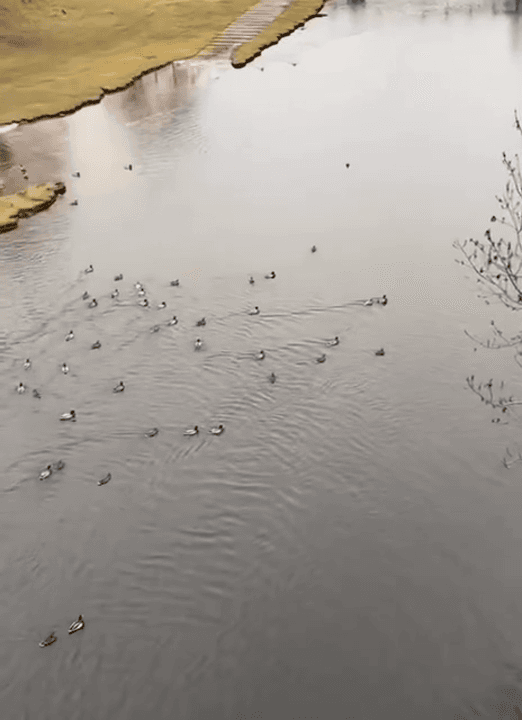
Hunting in MAPUTO: A Historical and Modern Perspective on Geography, Wildlife, and Regulations in Mozambique's Unique Hunting Grounds Maputo, the capital city of Mozambique, is a region steeped in history and natural beauty. While hunting in Maputo has a rich historical background, it is now heavily regulated due to conservation efforts and changing landscapes. This article delves into the geographical, cultural, and legal aspects of hunting in Maputo, providing a comprehensive guide for hunters interested in this unique African region. Understanding Terrain and Nature: How Geography Shapes Hunting Grounds Maputo is characterized by a diverse landscape that includes coastal plains, savannas, and dense woodlands. The region is part of the Maputo Special Reserve, a protected area that borders South Africa and Eswatini. The reserve is home to a variety of ecosystems, including wetlands, grasslands, and forests, which support a wide range of wildlife. The Limpopo and Maputo rivers prov
Post: 24 July 15:11















































